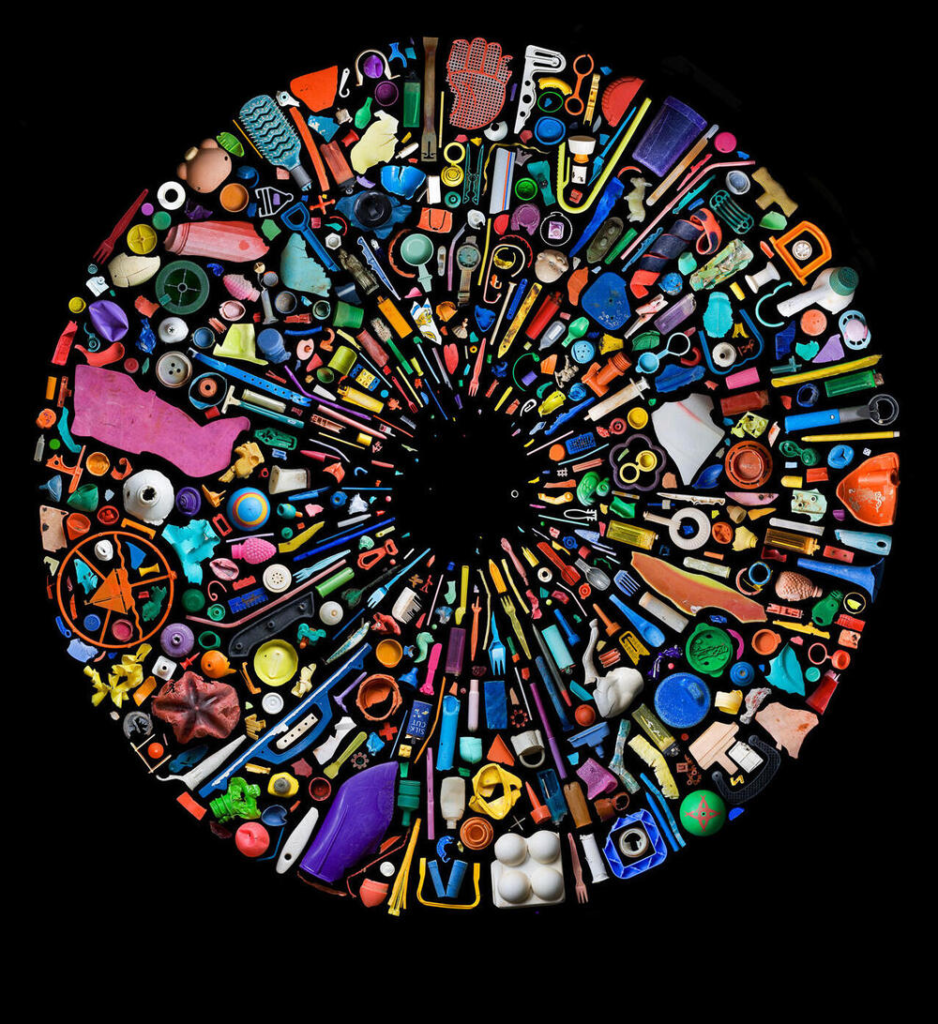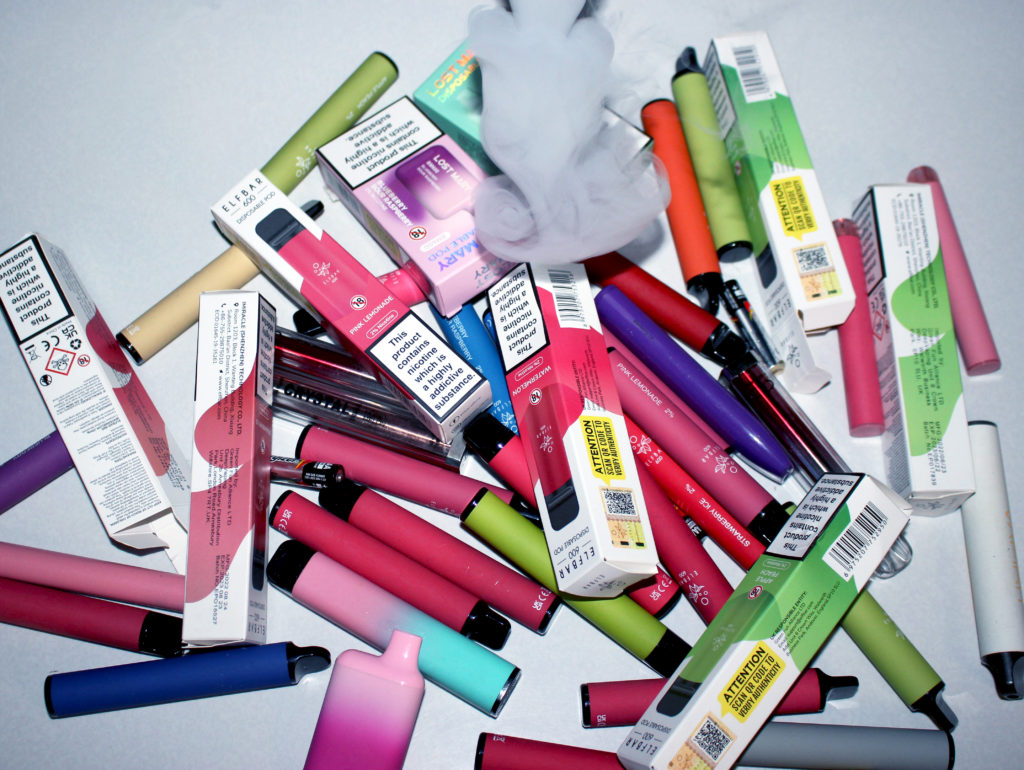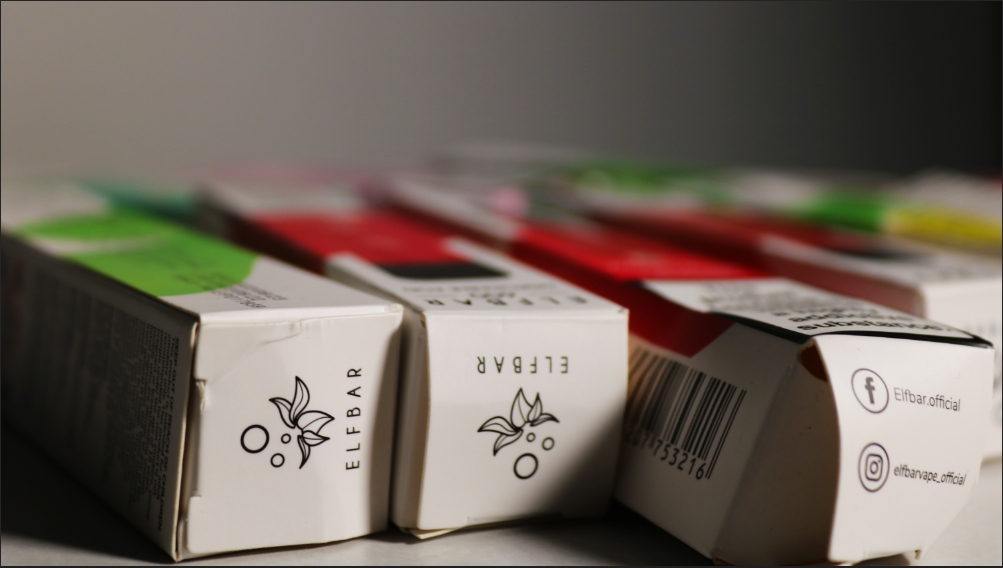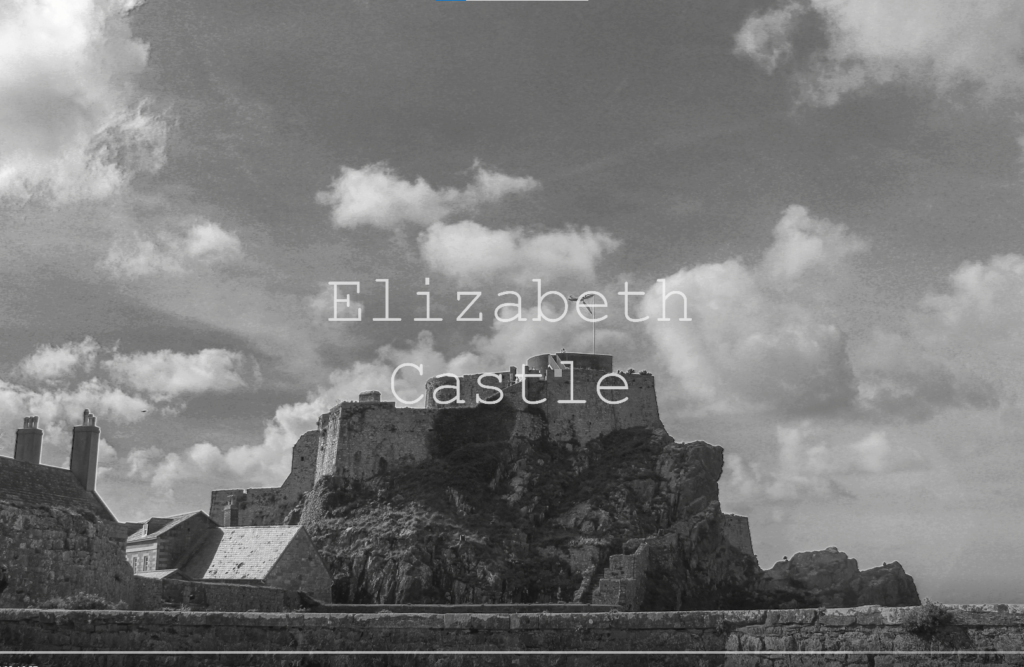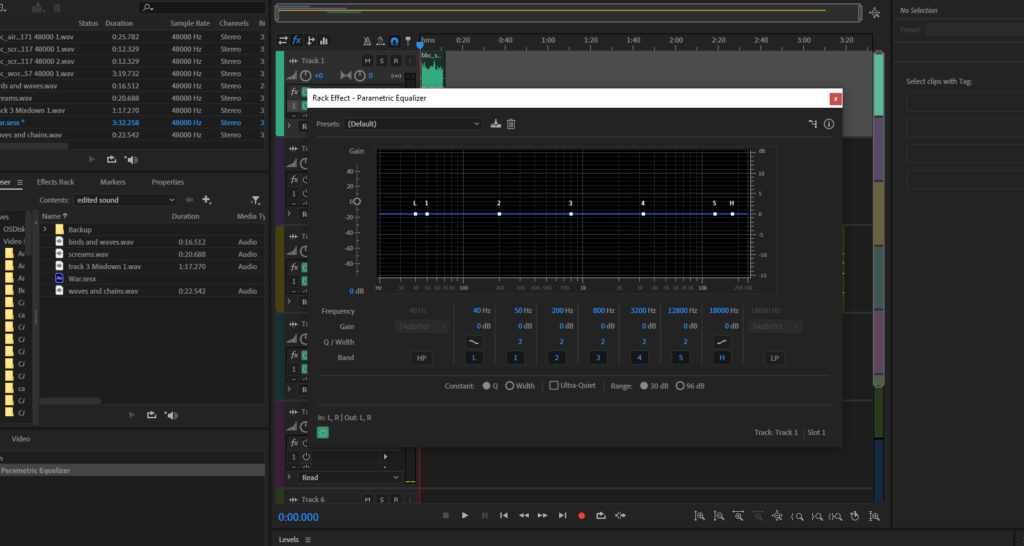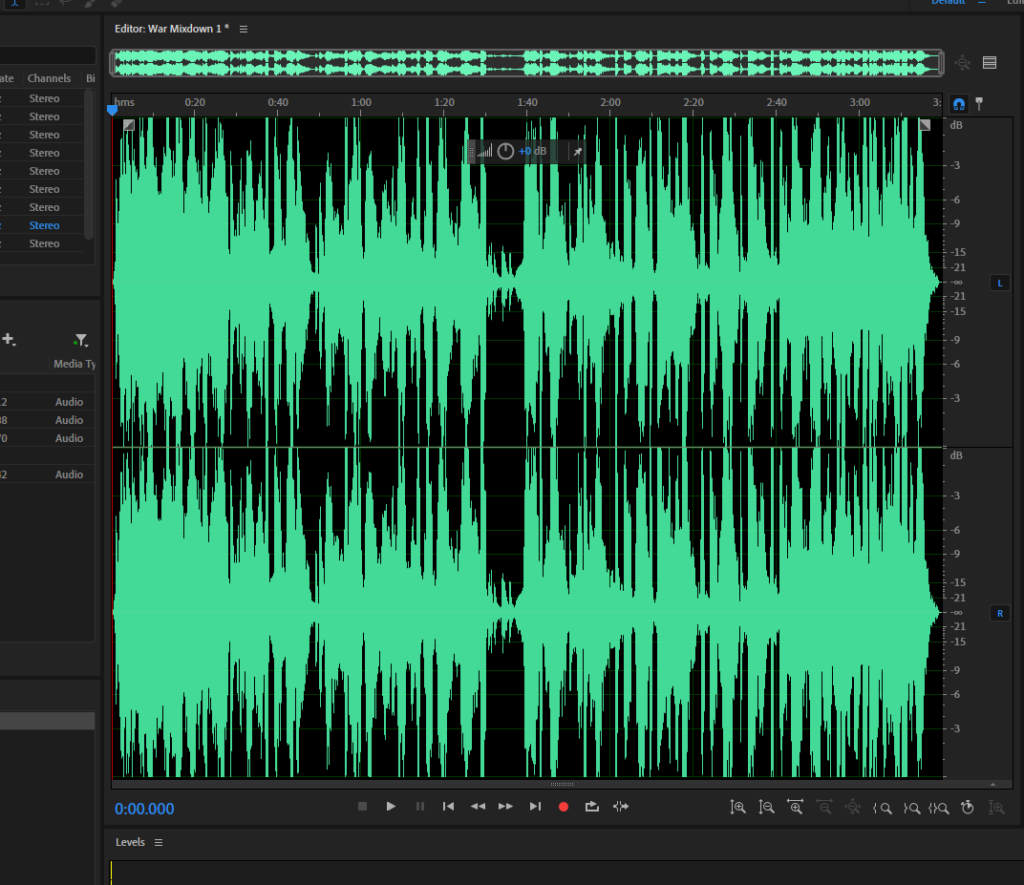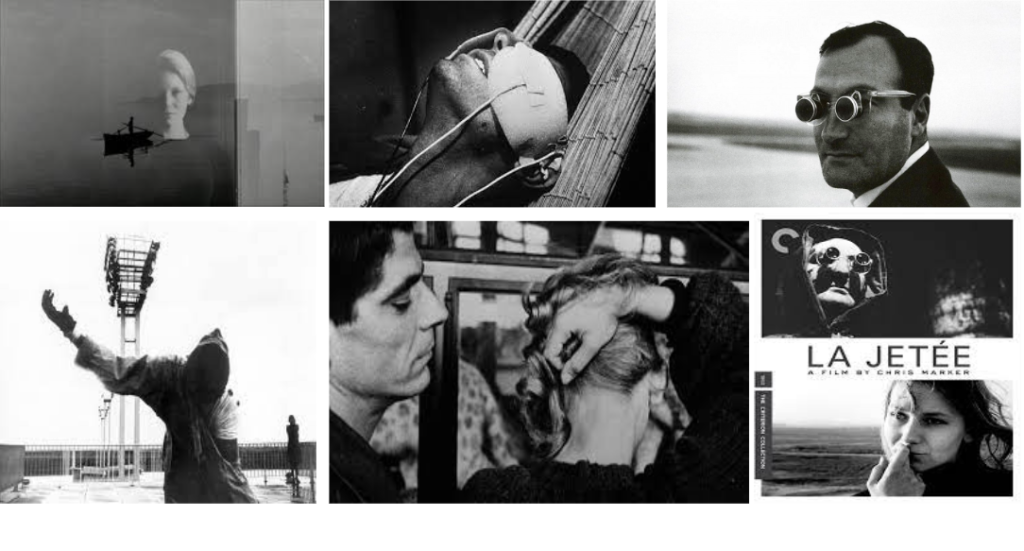Vibeke tandberg
For my first artist reference I am going to look at the work from Vibeke Tandberg. I feel that her work is really prominent in her collection “living together” as she takes two images of herself and depicts what it would look like living with a twin sibling. I feel like her work can relate strongly to the work I am trying to produce as I am trying to capture what its like living with a twin sister and how it drastically alters a persons way of living.
Image analysis
This image of her work in the collection “Living together” Really stood out to me. I feel that this image showcases a captivating scene of personal engagement. The compesition skillfully captures the subjects seated at the table, drawing attention to their expressions, body language, and the overall atmosphere. The use of lighting and shadows adds depth and dimension to the image, enhancing the mood and creating a sense of intimacy. Tandberg’s work often explores the complexities of human relationships and shared spaces, and this image seems to reflect that theme.


Tandberg is a Norwegian artist known for her thought-provoking work and conceptually rich work. Her work often explores themes of identity, perception and the relationship between the viewer and the artwork. Tandberg’s use of various mediums, including photography, video and installation adds depth and complexity to her artistic practise. Her work challenges traditional notions of art and pushes boundaries, inviting viewers to question their own understanding and interpretation. Tandberg’s contributions to the art world have been recognised internationally, making her a significant figure in contemporary art. Her work “living together” is significant because it delves into the complexities of human relationships and the dynamics of coexistence. She prompts her viewers to reflect on the challengers and joys of living together whether its through family, community or just as a society as a whole. Tandberg’s work encourages us to examine our own roles and responsibilities in fostering harmonious relationships and creating inclusive environments. By addressing these universal topics, “living together” resonates with a wide audience and sparks meaningful conversations about our shared human experiences.
Irina Werning
For my second artist I am going to look at the work by Irina werning. She specialises in taking two separate images and combining them into one, she mainly uses old images from her childhood as her younger self and then crops in an image of what she looks like today to create the illusion that they are interacting with each other and in the same time zone. I would like to take inspiration from her from my upcoming project as I could take old images with me and my sister together when we where children and then crop new images of us when we are older to create the illusion that there are four individuals in the image instead of two. I feel that her work can also link to Vibeke Tandbergs work as she also edited two images of herself to create the illusion that they are interacting together.
Image analysis

In this captivating image by Irina Werning, we see a person elegantly dressed in formal attire, sporting a suit and tie. The subject’s expression exudes confidence and approachability, creating a sense of professionalism. Werning’s careful attention to detail is evident in the composition and lighting of the photograph. The choice of formal attire signifies sophistication and societal expectations of professionalism. It prompts us to consider the significance of appearances and the role they play in our lives, even as a child or a grown adult. The subject’s pleasant expression adds warmth and invites viewers to connect on a personal level. It conveys a sense of confidence and readiness to take on challenges. Werning skillfully captures the essence of the moment, evoking emotions and prompting reflection. This image by Irina Werning showcases her talent in capturing the nuances of human expression and the visual storytelling that lies within. It serves as a reminder of the power of photography to convey messages and evoke emotions.


Irina Werning is an exceptionally talented and renowned photographer who gained widespread acclaim for her captivating project called “Back to the Future.” In this series, Werning goes beyond mere photography and delves into the realm of art and storytelling. She meticulously recreates old photographs by meticulously matching the subjects, locations, clothing, and even the tiniest details to capture the essence of the past. What makes Werning’s work truly exceptional is her ability to not only recreate the physical aspects of the original photographs but also to capture the emotions and stories behind them. Her photographs are windows into the lives and experiences of the people she portrays, allowing us to witness the passage of time and the changes that occur in our lives. Werning’s attention to detail is unparalleled. She meticulously researches and recreates every aspect of the original photographs, from the props to the lighting, ensuring that every element is just right. This dedication to authenticity and accuracy is what makes her work so captivating and resonant. Through her photographs, Werning explores the complex relationship between memory, identity, and time. By juxtaposing the past and the present, she invites us to reflect on our own lives and the ways in which we change and evolve over time. It’s a powerful and thought-provoking exploration of the human experience. Werning’s work has received international recognition and has been exhibited in prestigious galleries and museums around the world. Her photographs have a timeless quality that transcends cultural and generational boundaries, resonating with viewers from all walks of life.
Gabriele Galimberti
For my last artist I have decided to look at the work by Gabriele Galimberti. this project of his is called “Toy stories where he took images of children and their toys from all around the world. I find his work in this project really interesting to see the contrast in children and their toys from all around the world. I am going to take inspiration from him in my upcoming project where I am going to explore the contrast between mine and my sisters childhood toys growing up, Even though our approaches are not going to be exactly the same, I would like to take some of his ideas behind the project its self.
Image analysis

In this particular photograph, we see a young person standing in a room filled with an incredible variety of toys. The toys are spread out all around, creating a colorful and playful environment. As we take a closer look, we can see that each toy tells a unique story. There are action figures, dolls, stuffed animals, building blocks, and much more. These toys reflect the child’s interests, preferences, and personality. They are a reflection of their individuality and the things that bring them joy. The image captures a moment frozen in time, allowing us to appreciate the child’s sense of wonder and excitement. It reminds us of the boundless imagination and creativity that children possess. It also highlights the importance of play in a child’s development, as they learn, explore, and make sense of the world through their toys. Galimberti’s “Toy Stories” project aims to explore the cultural and social significance of toys in different parts of the world. By photographing children with their toys, he captures a glimpse into their lives and the stories they create.
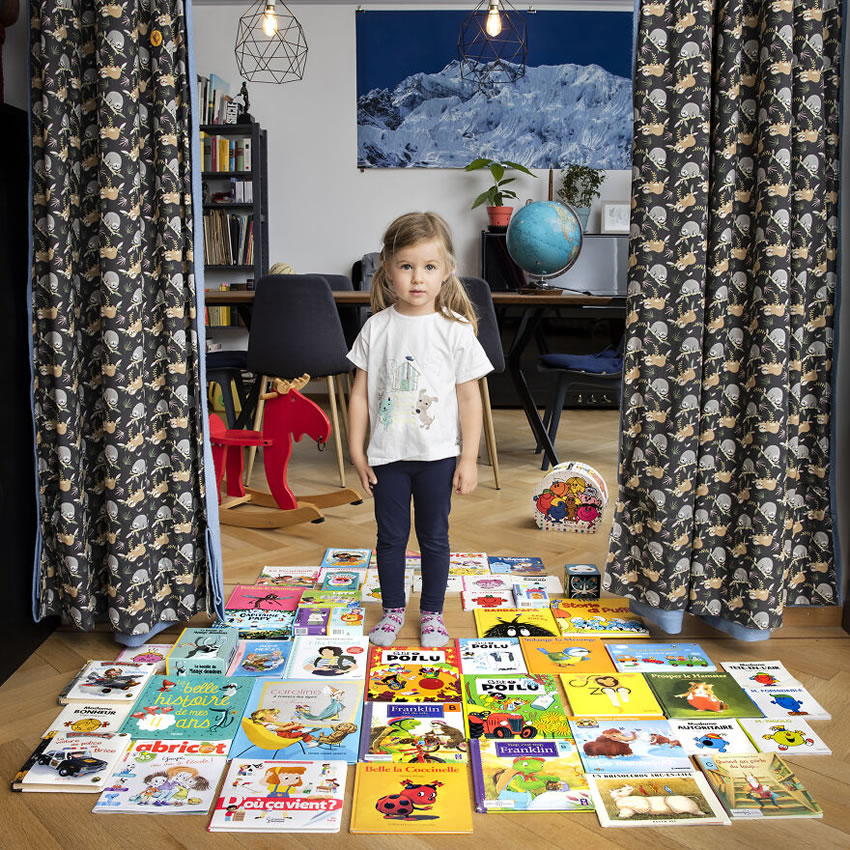
Gabriele Galimberti is an esteemed Italian photographer celebrated for his remarkable project called “Toy Stories.” This project took Galimberti on a journey around the world, where he had the opportunity to meet children from various countries and document their cherished toys. “Toy Stories” stands out due to Galimberti’s meticulous approach and attention to detail. Through his lens, he not only captures the toys themselves but also delves into the personal stories and cultural contexts that surround them. The photographs offer a glimpse into the lives of these children, reflecting their unique personalities, interests, and the values instilled in them by their respective communities. Galimberti’s portrayal of the relationship between the children and their toys is both captivating and thought-provoking. Each photograph tells a compelling story, shedding light on the diverse experiences of childhood across different cultures. From simple, handmade toys in rural areas to technologically advanced gadgets in urban environments, “Toy Stories” showcases the rich tapestry of childhood around the globe. The photographs in this project not only serve as visual masterpieces but also prompt viewers to contemplate the universal aspects of childhood and the significance of play in shaping our identities. Galimberti’s work is a testament to the power of photography in capturing the essence of human experiences and fostering cross-cultural understanding.


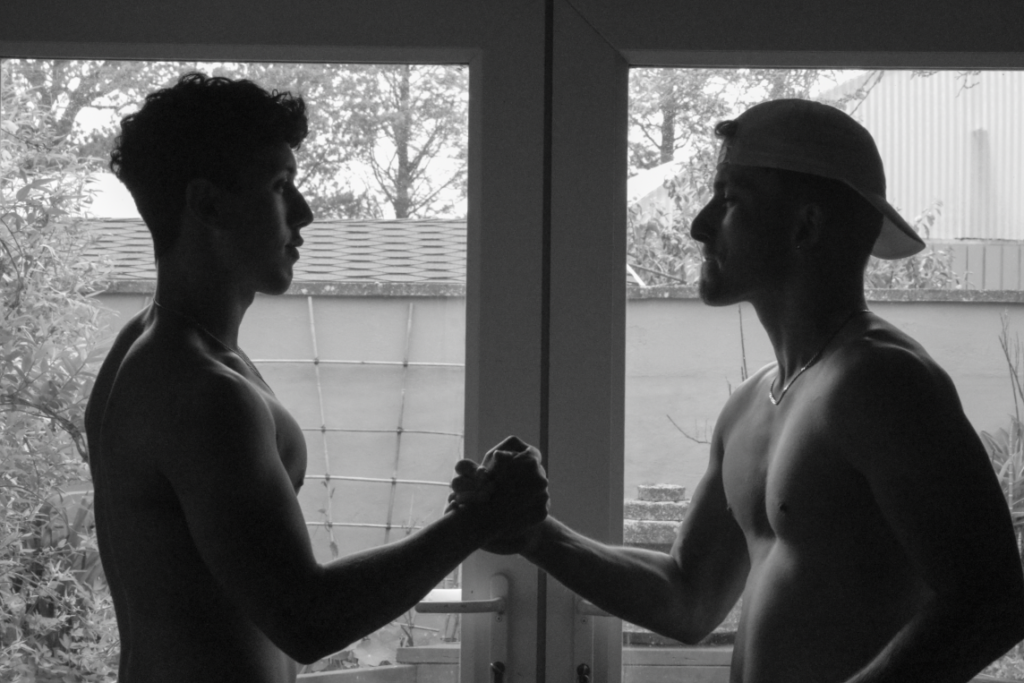





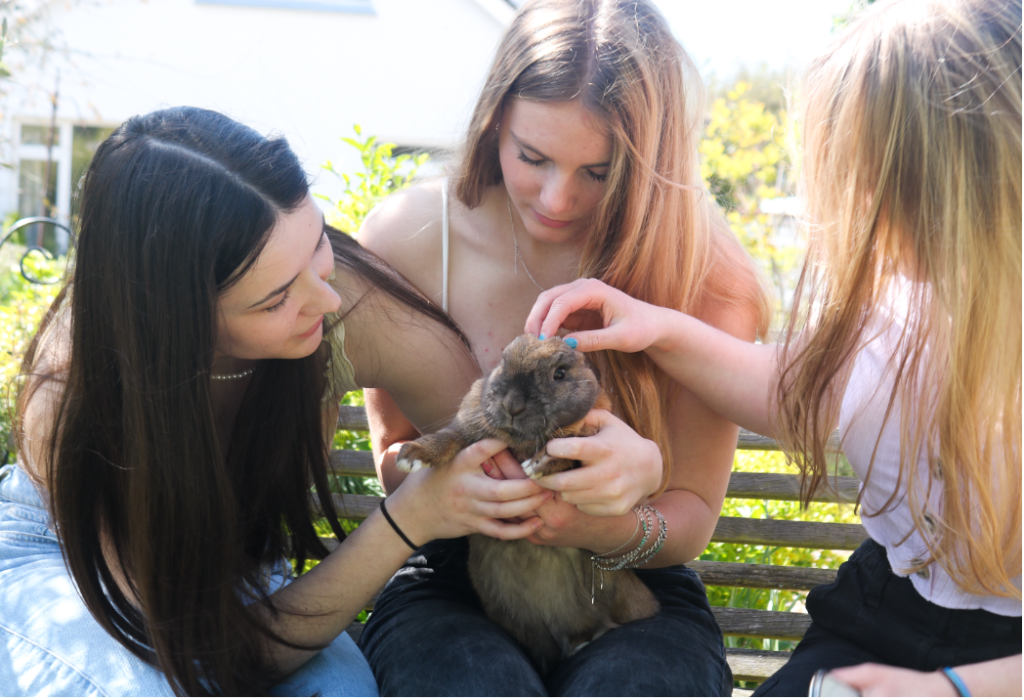
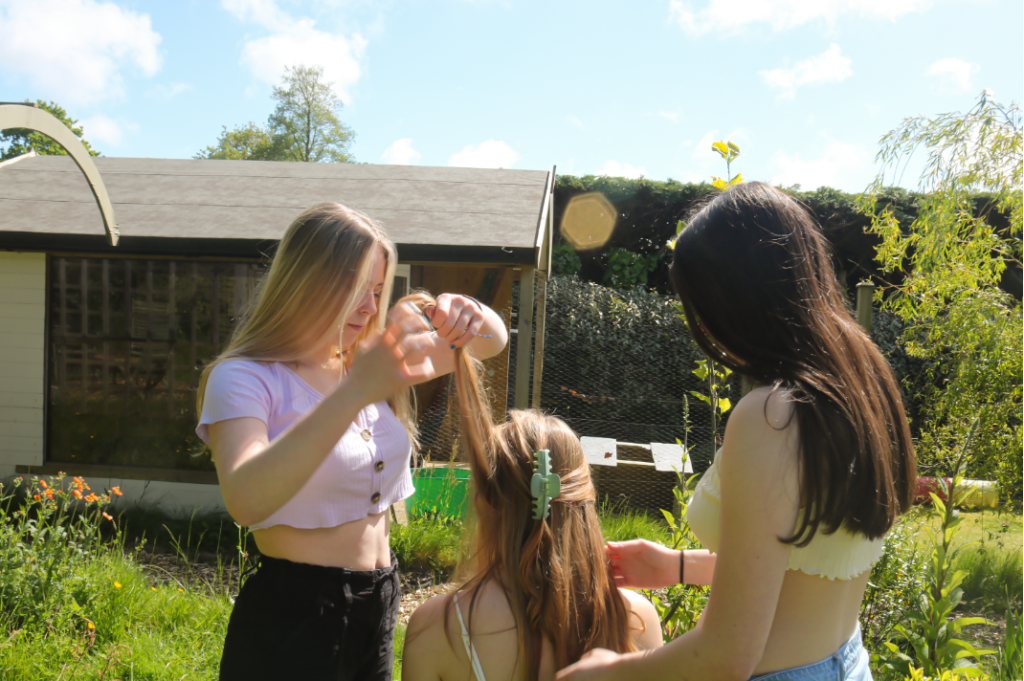



:max_bytes(150000):strip_icc()/GettyImages-610253910-e455ee50de7541eb8ccd5738756eaf62.jpg&usqp=CAU)

